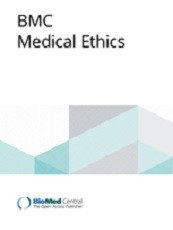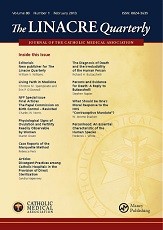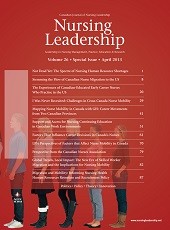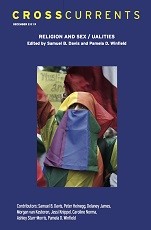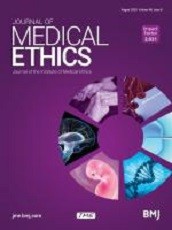Responding to articles by CMA officials (BMJ 2019; 364)
Sean Murphy
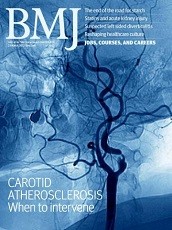
Extract
It is disconcerting to find that the CMA’s President-Elect thinks that Canadian law “does not compel any physician to be involved in an act or procedure that would violate their values or faith.” The state medical regulator in Canada’s largest province has enacted policies that do just that, requiring physicians who refuse to kill their patients to find a colleague who will. These policies do have the force of law, and objecting physicians were forced to launch an expensive constitutional challenge to defend themselves. The Protection of Conscience Project and others have intervened in the case to support them; the CMA has not.
Further, the Canadian Medical Association’s assertion that it has successfully adopted a “neutral” position on euthanasia and assisted suicide (EAS) is challenged in a World Medical Journal article by seven Canadian physicians. “For refusing to collaborate in killing our patients,” they write, “many of us now risk discipline and expulsion from the medical profession,” are accused of human rights violations and “even called bigots.” . . .
Murphy S. CMA’s “third way” may be a third rail. Rapid Response to articles by CMA officials (BMJ 2019; 364).
